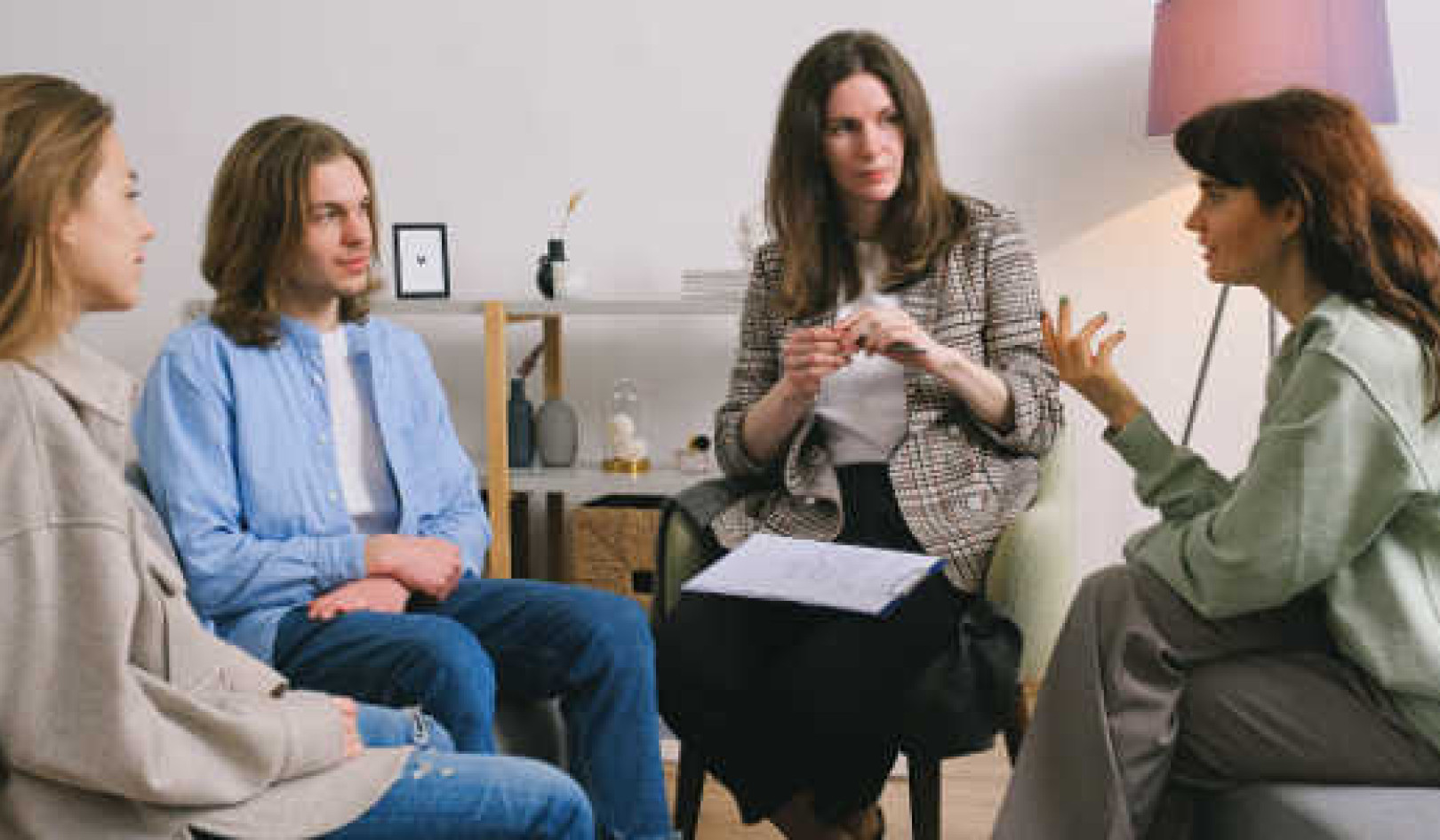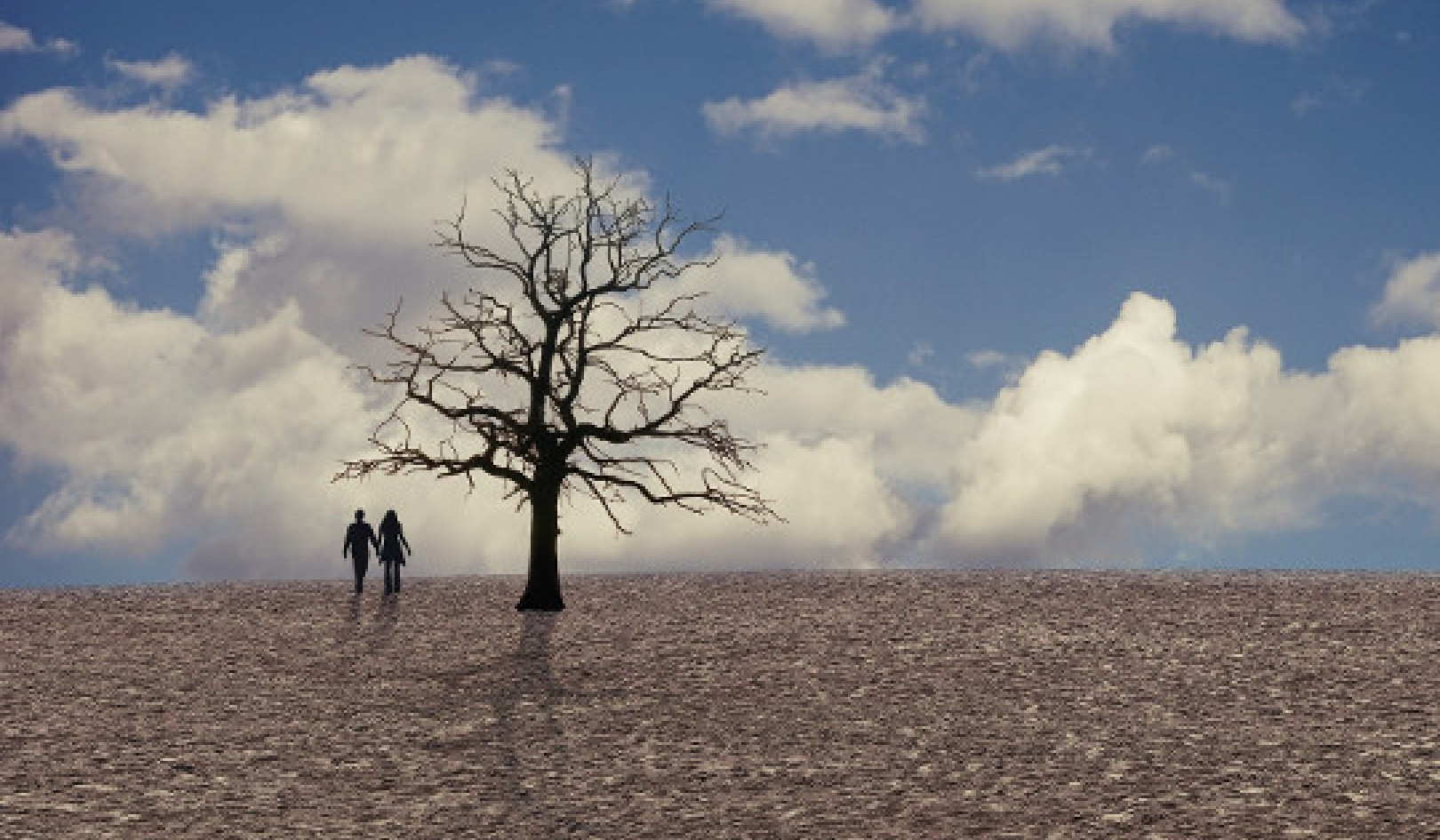
Image by SplitShire
Beauty, Sensuality, Sexuality, Charisma. I have long questioned these notions. What are these things? Are they culturally defined? Dependent on the fashion of the time? Are they culturally, racially, or gender specific? Are there universal definitions?
During my formative years I was surrounded by the beauty of Africa -- natural vistas, the savannah, the Indian Ocean, equatorial lakes, wilderness, animals, trees. And human beauty -- raw, wild, sensual, sexual, exotic. Cultural diversity was a part of the daily life of my family. It seemed that there was a constant stream of guests at our home -- friends, travelers we met on the streets with nowhere else to go, all kinds of people -- coming and going. Somalis drinking spiced chaff and chewing qat, Americans resting in their journeys and smoking everything, Watutsi, Zulus, Kambas, Indians, Pakistanis... none were turned away. Here I learned the sacred nature of generosity and hospitality. I learned to honor the diversity of humanity. I learned that there are limitless ways of living, each "right" in its own context.
Kenya was a nation of mixed heritage, including Bantus, Nilots, Caucasians, and Asians. The tribespeople were unabashedly naked, glowing with health and vitality. The American and European expatriates of the "happy valley" days were wild in their own unique way, splashy and vibrant. The Asians were demurely sensual, flowing in multicolored silk. People adorned with tattoos, scarification, ocher, piercings, stretched and elongated earlobes, lips, and necks -- testimony to rites of passage, pride, and passion.
My Personal Notion of Beauty
Surrounded by these images and experiences, I formed my personal notion of beauty, while those around me formed theirs in a myriad of variations. There was no single way in which to aspire to beauty. The white women struggled to lose weight and be thin, while being attentive to their makeup, hair, jewelry, and clothes. The Bantus struggled to gain weight, heaviness being a sign of prosperity and a highly sought after, attractive characteristic in a woman. The Masai adorned their necks with circle after circle of colorful beads, the stiff beaded necklaces bouncing up and down on their bared breasts with each step. The Muslims covered as much skin as possible when out in public, all black and shrouded in the hot African sun. The Indians were wrapped in layer after layer of rich colored silk, midriffs bared, bejeweled and pierced with precious stones in their ears and noses, painted with kohl and mendhi.
As a young girl I watched as all of the women around me aspired to their own culture's definitions of beauty. I watched and questioned. What of the skinny Baganda woman who can't seem to gain weight or hasn't enough food to eat? What of the chubby European who inherited large hips and thighs, a propensity for a larger layer of fat? What of the ones whose fashion sense doesn't match that of their culture? Are they not beautiful? Are they doomed to feel that in their communities they are ugly?
The outer manifestations of striving for beauty and the rites of passage to man- and womanhood varied widely, yet the inner qualities of strength, magnetism, charisma, beauty, and sensuality were omnipresent. Notions of inner beauty crossed racial and cultural lines, regardless of the methods of external attainment. Some had all the external trappings of beauty -- absolutely perfect external features -- yet were not in the least beautiful, attractive, or charismatic. Others had none of the fashionable external features of beauty, yet when they walked into a room, it lit up with a brightness of pure charisma, of sensuality. Every person in the room was attracted to them, like moths to a flame, their beauty sending out waves of energy, infecting those around them with a lightness of being, smiles appearing on all faces as they came near.
What Exactly Is Beauty?
From the perspective of a plastic surgeon, beauty is in the three-dimensional lines, the balance, the proportions. Artistic masters have written of the golden proportions for eons -- the mathematical proportions that are pleasing to the eye -- the balance seen throughout nature, in the curve of the nautilus shell, the spiral of the sunflower. We can take measurements as plastic surgeons: the ratio of the length of the nose to the depth; the angles; the proportion of the face from the hairline to the eyes, the eyes to the base of the nose, the nose to the chin; the projection of the chin; the distance of the helix of the ears to the scalp; the distance of the sternal notch to the nipples ... so many measurements. Using plastic surgery, we, as surgeons, can adjust these measurements and these proportions. Does this create beauty?
What about those in our culture whom we consider beautiful? The icons? The supermodels? Do they always have these golden proportions? The answer is "No, not always." What else makes up beauty if it is not just the three-dimensional physicality, the measurements, the proportions? Think about someone you know whom you consider beautiful. What is it that makes that person beautiful?
Look at the magazines of ten and twenty years ago. Hasn't our culture's concept of even physical beauty changed? Where are the voluptuous full-figured curves of the pin-up models? Why were there only Caucasians in the older magazines? Where did the variety and the exotic looks -- the full lips and high cheekbones -- of today's models come from? Is this a change in our definition of human beauty or a change in perception, in the way we see?
Is Beauty In the Eye of the Beholder?
Is beauty truly in the eye of the beholder? Can we call whatever we see beautiful, depending on our perspective? Can we enhance our looks by changing our vision? What do we all strive for? Why? I found myself asking these questions as I approached puberty in this sea of life and multiculture. It was right at puberty that I ceased being a maiden and became a mother. Pregnant at age fifteen -- a short time as maiden, indeed. Later, as a plastic surgeon, a deliverer of the dream called beauty, I discovered that every woman wants to be a maiden -- forever. We abhor the trappings of motherhood: the childbearing hips, the sagging breasts. As we pass through menopause, our grasping at eternal maidenhood becomes even more desperate. Where are the crones, the wise women, of our time?
Through the years I have watched how we treat the elderly in the United States, my home for a quarter of a century now, and I wonder why anyone would ever want to become a crone. The wise women (and men) are viewed as though they have long passed their time of usefulness; they are treated as dispensable, even burdensome, members of society. No wonder people come to me in droves for facelifts, eyelid surgery, laser skin resurfacing, breast augmentations and lifts, tummy tucks, liposuction. No wonder -- their very place in their communities, their very ability to be perceived as a plausible and desired member of society, is at stake.
A Vision or Illusion of Perpetual Youth
Maidens forever? Wait! Let's reassess this notion. If old women and men are not taken seriously in our culture, are maidens and warriors? What is the consequence of this tremendous block in the flow of our communal energy as we age? What are we creating for ourselves by this vision of perpetual youth? What is the essence of our dreams for ourselves, and for our children's children? What is our perception of beauty? Is beauty itself a dream, or is it a method that we hope to use to achieve another dream? If it is the latter, what is the underlying essence of the dream that is fueling our wish for beauty? Is it sex? Power? Recognition? Love? Do we strive to look better, or to see better?
Many times, while pondering these questions, I find myself journeying through the land of memory, transported to another time and place, a shamanic expedition with Dream Change Coalition, a pivotal time in my life, a deep healing in the upper Amazon region of Ecuador. I was in the courtyard outside the lodge of a great Shuar shaman, Tuntuam, dancing rhythmically under the influence of the great teacher ayahuasca. The spirit of the vine opens one's head -- takes the top off -- so that one can commune with the spirits. That night I was communing with the moon and the stars, the forest and the earth, and dancing, dancing, dancing.
As the night progressed, the moon came to me and said she had a gift. I thanked her and awaited the explanation with a feeling of profound gratitude. After some time she said, "I give you the gift of new eyes." I knew immediately what she was referring to -- my view of the world, of life, my perspective.
The Beauty of Wrinkles and Wisdom
The vision shifted at that point. I saw a community of people, each one glowing with an aura of vitality and purpose -- children, parents, and grandparents laughing and talking as they worked. I saw Maria Juana, the shaman from the Andes. Her eyes shone through the map made by the wrinkles in her face with a beauty and passion that surpassed that of any Vogue model. I saw dona Amalia, the Shuar shaman and plant medicine woman, singing as she harvested healing plants, imbued with the beauty of all the earth, the beauty of the mother, the beauty of the crone. I saw my daughters playing with their daughters, dancing in the sunlight, full of their individual charismatic energy and beauty, dancing like no one was watching. I saw them reaching out to one another, and to their brothers and fathers, full of love and connection, happy and vital. I saw the essence of the dream of being human.
New eyes. Expanded perception.
"Life is the embodiment of our dreams," said the moon. "Perception defines it moment by moment."
Reprinted with permission of the publisher,
Destiny Books. ©2002. www.innertraditions.com
Article Source
Shaman M.D.: A Plastic Surgeon's Remarkable Journey into the World of Shapeshifting
by Eve Bruce.
 After traveling to Central and South America to study indigenous healing techniques, Dr. Eve Bruce realized that although our culture is obsessed with narrowly defined standards of physical beauty, we actually devalue the physical because we separate it from the spiritual. She saw that her plastic surgery patients who felt ashamed of their "vanity" had the least successful outcomes. Those ready for change on emotional and spiritual levels were able to use the physical "shapeshift" provided by the surgeon's knife to transform their entire lives. By integrating the two healing modalities of surgeon and shaman, Bruce is able to help people shapeshift into newfound health on all levels--physical, emotional, and spiritual.
After traveling to Central and South America to study indigenous healing techniques, Dr. Eve Bruce realized that although our culture is obsessed with narrowly defined standards of physical beauty, we actually devalue the physical because we separate it from the spiritual. She saw that her plastic surgery patients who felt ashamed of their "vanity" had the least successful outcomes. Those ready for change on emotional and spiritual levels were able to use the physical "shapeshift" provided by the surgeon's knife to transform their entire lives. By integrating the two healing modalities of surgeon and shaman, Bruce is able to help people shapeshift into newfound health on all levels--physical, emotional, and spiritual.
Click here for more info or to order this book. Also available as a Kindle edition.
About the Author
Eve Bruce, M.D., has a plastic surgery practice in Maryland. She also performs shamanic healings, gives workshops on shamanic techniques at Esalen and the Omega Institute, and leads shamanic study tours for the Dream Change Coalition to places as far flung as Ecuador, Tibet, and South Africa.























